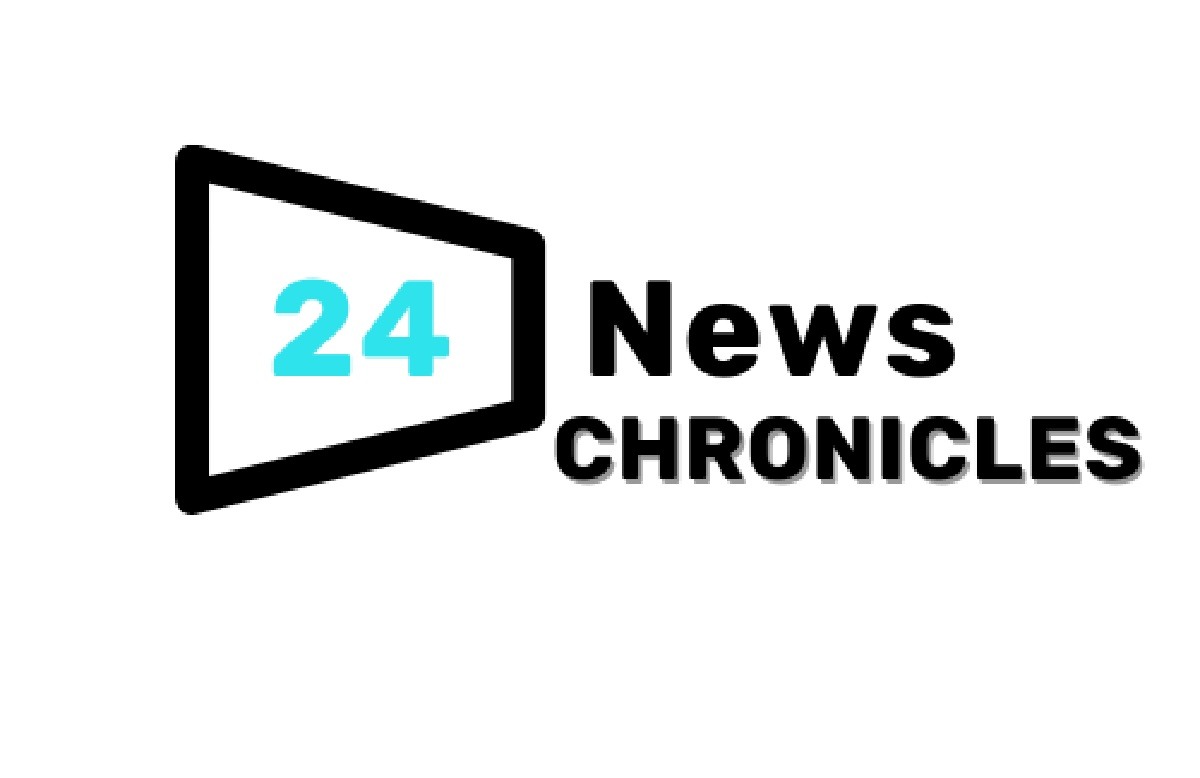First of all,
Men’s heart health and erectile dysfunction (ED) are related issues that frequently stem from common underlying variables influencing vascular function. We will examine the symptoms, the underlying causes of the connection, and viable treatment choices as we delve into the complex relationship between heart health and erectile dysfunction in this extensive essay.
I. Recognizing the Effects of Erectile Dysfunction:
A. Characterizing Impotence:
Determining the erectile dysfunction clinical definition
The frequency of ED and how it affects the quality of life for men
B. Typical Physiological Mechanisms that Cause an Erection:
A succinct synopsis of the physiological mechanisms underlying erection
Vascular health’s significance in maintaining erectile function
II. The Relationship Between Heart Health and Impotence:
A. Interplay of the Vascular System:
Examining the complex relationship between erectile function and cardiovascular health
Knowing how blood flow affects erectile function and heart health
B. The Function of Atherosclerosis:
Atherosclerosis as a shared factor in erectile dysfunction and heart disease
The effects of plaque accumulation on the blood arteries supplying the penis and heart
C. Dysfunction of Endothelium:
The contribution of normal endothelium function to blood vessel health
How erectile dysfunction and heart disease are related to endothelial dysfunction
D. Common Risk Elements:
Recognizing prevalent risk factors such high blood pressure, diabetes, and cholesterol
The combined effects of lifestyle decisions on erectile dysfunction and heart health
A. Slow Development of Sexual Problems:
Understanding the sneaky course of ED linked to the cardiovascular system
The significance of prompt identification and action
B. Diminished Libido:
Cardiovascular health’s impact on sexual desire
addressing the physiological and psychological aspects that lead to decreased libido
C. Having Trouble Getting an Erection:
Recognizing the part endothelial and vascular dysfunction plays in cardiovascular-related ED
The physical characteristics of getting an erection and how they relate to heart health
D. Not Able to Sustain Erection:
Determining the elements that lead to an early erection loss
The effect of heart problems on the length and quality of erections
IV. The Reasons Why Heart Health and Erectile Dysfunction Are Related:
A. Vascular Problems:
The effects of atherosclerosis on blood flow to the penis and heart
The part impaired vascular health plays in ED linked to cardiovascular disease
B. Dysfunction of Endothelium:
The relationship between erectile function and normal endothelial function
addressing the effects of heart and penis endothelial dysfunction
C. Common Risk Elements
Diabetes, high cholesterol, and hypertension:
Recognizing how these risk factors relate to erectile dysfunction and heart disease
Modifying one’s lifestyle to manage common risk factors
D. Processes Inflamatorio:
The connection between ED and chronic inflammation and cardiovascular disease
Techniques for reducing inflammation to promote heart and erectile function
V. Evaluation and Treatment of Erectile Dysfunction Associated with Cardiovascular Disease:
A. Medical Assessment:
The assessment of EDs related to cardiovascular disease by healthcare professionals
Tests and diagnostic equipment for assessing endothelial and vascular function
B. Evaluation of Cardiovascular Risk:
The significance of evaluating cardiovascular health in its entirety
Working together with medical providers to make decisions that will help manage heart health and ED C. Blood pressure control:
The importance of keeping blood pressure at ideal levels
Medication and lifestyle changes to control blood pressure
D. Diabetes and Cholesterol Management:
Diabetes and cholesterol’s effects on cardiovascular and erectile dysfunction
Techniques for efficiently managing diabetes and cholesterol in people with ED connected to cardiovascular disease
E. Changes in Lifestyle:
Nutritional Adjustments: The Effects of a Heart-Healthy Diet on Vascular Health
Certain meals and substances that may improve erectile function and heart health
Exercise Schedule:
Cardiovascular workouts to enhance blood flow
Exercises using the pelvic floor to improve erectile function in those with ED associated to cardiovascular disease
F. Medications:
Inhibitors of phosphodiesterase type 5 (PDE5):
Summary of frequently prescribed drugs (e.g., Viagra, Cialis)
Recognizing possible adverse effects and usage considerations
Statins and Additional Heart-Related Drugs:
The control of cholesterol with statins and their possible impact on erectile dysfunction
Cooperative drug therapy for ED and heart health
VI. Adjusting Lifestyle to Manage Erectile Dysfunction Associated with Cardiovascular Disease:
A. Stress Reduction Methods:
Meditation, mindfulness, and relaxation methods
An all-encompassing strategy for reducing cardiovascular-related ED is stress reduction
B. Communication Strategies:
Promoting candid conversations about sexual health amongst people with ED connected to cardiovascular disease and their partners
The importance of support from one another in managing cardiovascular-related sexual dysfunction
C. Support and Education on Cardiovascular Health:
The significance of continuous education on cardiovascular health for people with ED
Resources and support networks for those dealing with issues related to cardiovascular health and sexual health
VII. Final Thoughts:
In summary, the complex relationship between heart health and erectile dysfunction highlights the significance of overall well being. It is imperative for those with ED related to the cardiovascular system to identify the symptoms, comprehend the mechanisms underlying their association, and take a holistic approach. People can effectively manage their heart health and improve their overall quality of life, both in terms of cardiovascular health and erectile function, by addressing cardiovascular risk factors, changing their lifestyle, and getting professional advice. Never forget that getting competent medical advice and assistance is essential for individualized care catered to each person’s particular circumstances.






